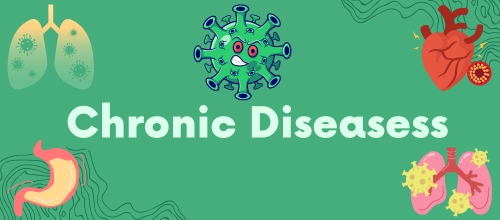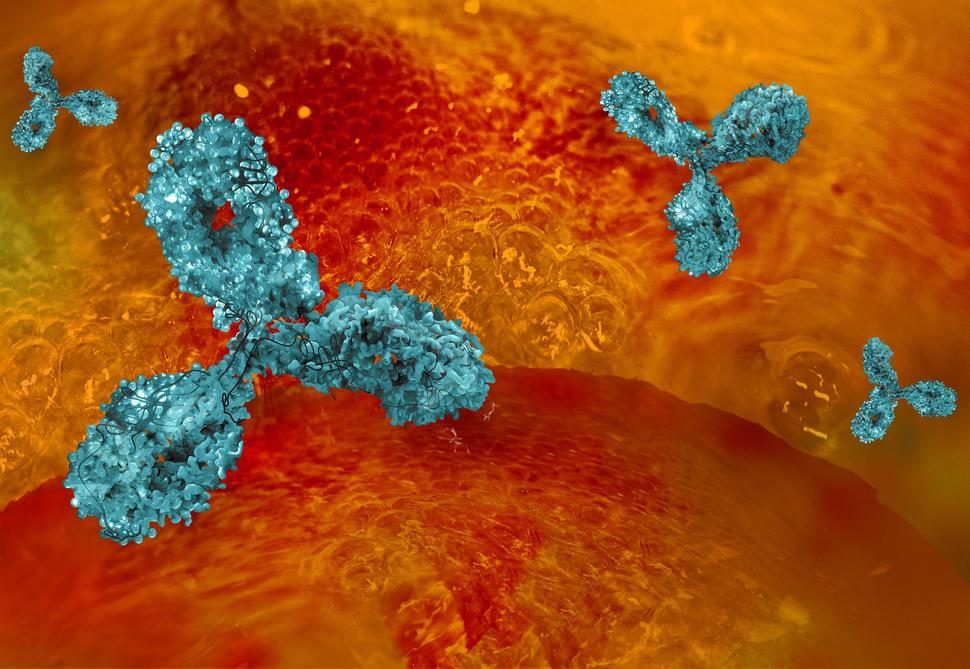,
by Daryl McGrath
Two latest approvals by the Meals and Drug Administration (FDA) broaden the preliminary remedy choices for individuals who have a brand new prognosis of a number of myeloma.
On July 30, FDA authorised an injectable type of the drug daratumumab that features hyaluronidase (Darzalex Faspro) given with bortezomib (Velcade), lenalidomide (Revlimid), and dexamethasone for sufferers who’re eligible for an autologous stem cell transplant. On September 20, FDA authorised isatuximab (Sarclisa) given with the identical three medicine for sufferers who usually are not eligible for a stem cell transplant.
Each medicine goal a protein referred to as CD38, which is commonly discovered at excessive ranges on myeloma cells.
For individuals newly recognized with a number of myeloma, stem cell transplants are a normal remedy and might result in long-term remission. Nevertheless, due to the extraordinary chemotherapy-based conditioning routine required to obtain a stem cell transplant, some individuals—together with these with different well being situations or pre-existing coronary heart or lung points—usually are not bodily capable of get a transplant.
The brand new approvals are a continuation of researchers’ efforts to seek out combos of various therapies that may result in longer remissions in sufferers, no matter whether or not they qualify for stem cell transplants.
Each approvals contain including a drug—both daratumumab or isatuximab—to the usual preliminary three-drug routine for newly recognized a number of myeloma, a mixture of bortezomib, lenalidomide, and dexamethasone, generally referred to as VRd.
The approvals have been based mostly on findings from scientific trials exhibiting that the four-drug regimens considerably elevated the time sufferers lived with out proof of their most cancers coming again or getting worse.
Sufferers handled with the four-drug regimens additionally have been extra prone to be minimal residual illness (MRD) damaging, that means {that a} extremely delicate check couldn’t discover any myeloma cells in bone marrow samples. Sufferers’ MRD standing is an indicator of how effectively a remedy is working past what could be detected with imaging scans and normal blood assessments.
“These FDA approvals are excellent news for sufferers with a number of myeloma, who might now profit from these more practical preliminary therapies,” stated Elizabeth Hill, M.D., a a number of myeloma specialist in NCI’s Heart for Most cancers Analysis, who was not concerned in both trial.
Nevertheless, Dr. Hill cautioned that there are nonetheless unanswered questions on the easiest way to make use of these new combos as preliminary therapies, together with whether or not some sufferers may profit from reserving the CD38-targeted therapies for when the most cancers comes again, which occurs in almost all circumstances.
Daratumumab approval for transplant-eligible sufferers
FDA based mostly its new approval of daratumumab for transplant-eligible sufferers on the outcomes of a giant scientific trial referred to as PERSEUS, which was funded by the European Myeloma Community and Janssen, the producer of daratumumab.
VRd has been the popular remedy for individuals with newly recognized illness who’re eligible for a transplant. However after a small scientific trial testing daratumumab mixed with VRd produced promising outcomes, PERSEUS was launched to substantiate that the four-drug routine was certainly higher than VRd alone in these sufferers.
Within the trial, 709 sufferers have been randomly assigned to obtain VRd alone or VRd with the injectable type of daratumumab. Lenalidomide and dexamethasone are taken as tablets and bortezomib is infused right into a vein (intravenous).
As a result of sufferers within the trial have been eligible for a stem cell transplant, they underwent preliminary remedy with the three- or four-drug regimens, referred to as induction remedy, adopted by the transplant. They then obtained consolidation remedy with the identical three- or four-drug routine.
Following consolidation remedy, all sufferers obtained ongoing remedy, referred to as upkeep remedy, with lenalidomide; these assigned to the daratumumab group additionally obtained daratumumab upkeep.
After a median follow-up of almost 4 years, 84% of individuals in the daratumumab group have been nonetheless alive with out their most cancers getting worse, in contrast with 68% of those that solely obtained the usual remedy.
A larger quantity of people that obtained daratumumab had an entire response, that means they confirmed no indicators of most cancers on normal assessments. Moreover, 75% of people that obtained daratumumab reached MRD negativity and 65% remained MRD damaging for greater than a 12 months. For individuals receiving normal remedy, 48% reached MRD-negative standing and solely 30% remained MRD damaging after one 12 months.
Virtually all individuals within the trial skilled unwanted effects, no matter which remedy they obtained, with most unwanted effects starting from reasonable to extreme (grade 3 or 4). The commonest unwanted effects have been low blood ranges of neutrophils, a sort of white blood cell (neutropenia), and platelets (thrombocytopenia).
About 9% of sufferers within the daratumumab and VRd group stopped remedy due to unwanted effects, in contrast with 21% within the VRd-alone group.
Isatuximab for transplant-ineligible sufferers
Isatuximab’s approval was based mostly on outcomes from a big scientific trial referred to as IMROZ, funded by Sanofi, the drug’s maker. On this trial, 443 sufferers have been randomly assigned to remedy with VRd alone or to VRd with the addition of isatuximab, given intravenously.
Sufferers underwent 4 cycles of induction remedy, adopted by upkeep remedy with both isatuximab and lenalidomide or lenalidomide alone till there was proof that the most cancers was getting worse or that sufferers may not tolerate the unwanted effects of remedy.
After almost 5 years of follow-up, 63% of individuals within the isatuximab group have been alive with out their most cancers getting worse, in contrast with 45% in the usual remedy group.
About 75% of people that obtained isatuximab had an entire response, in contrast with 64% of these handled with normal remedy. And greater than 55% of isatuximab-treated sufferers had an entire response and have been MRD damaging. For these receiving normal remedy solely, fewer than 41% had MRD damaging responses. MRD negativity was maintained for greater than a 12 months in nearly 47% of individuals receiving isatuximab versus about 24% within the VRd-alone group.
Unwanted effects have been related between remedy teams and occurred in nearly all sufferers. Greater than half of individuals in each teams had low ranges of white blood cells referred to as lymphocytes (lymphopenia), however neutropenia occurred extra typically in sufferers within the isatuximab group (54%) than in these receiving VRd alone (37%).
Extra individuals within the isatuximab group (11%) than the VRd-alone group (5.5%) died from causes apart from a number of myeloma throughout remedy. Therapy-related deaths in each teams have been most frequently associated to an infection (together with COVID-19).
The significance of MRD negativity
Though a number of myeloma is taken into account incurable, advances in remedy have led to longer remissions and longer general survival.
Assessing a affected person’s MRD standing has emerged as a delicate technique of evaluating a affected person’s response to remedy, past conventional assessments similar to bone marrow scans and blood assessments for myeloma-specific proteins.
“We all know that MRD is essential for prognosis. If a affected person’s illness turns into MRD damaging and that response is sustained, then progression-free survival is improved and general survival is improved,” stated Dr. Hill.
In each trials, MRD was assessed utilizing a extremely delicate check that may detect a single myeloma cell amongst 100,000 regular bone marrow cells. Dr. Hill stated it’s extremely encouraging that, in each research, so many individuals handled with the four-drug regimens had full responses and achieved MRD negativity.
“As lately as 5 or 10 years in the past, we weren’t seeing MRD-negative outcomes, however now we’re,” Dr. Hill stated.
Questions on four-drug remedy
One of many large questions sufferers and their oncologists will face when utilizing these newly authorised regimens entails the length of upkeep remedy, Dr. Hill stated.
The present normal remedy is for sufferers to remain on upkeep remedy till their most cancers begins to progress once more—which suggests frequently having to cope with unwanted effects, visits to obtain remedy, and the prices of remedy.
Nevertheless, with more practical therapies which might be serving to extra individuals attain MRD negativity, is indefinite upkeep remedy nonetheless mandatory? Dr. Hill instructed the instance of a affected person who has no proof of illness and is MRD damaging for a number of years. Can upkeep remedy be stopped in that affected person?
“We nonetheless don’t know the reply to this query but it surely’s an thrilling space of energetic analysis,” she stated.
There are additionally questions on whether or not together with CD38-focused remedy as a part of the preliminary remedy is the most effective use of those medicine, wrote Edward Stadtmauer, M.D., of the College of Pennsylvania’s Abramson Most cancers Heart, in an editorial that accompanied the outcomes of the PERSEUS trial.
For instance, daratumumab is commonly used, and is sort of efficient, as a part of second-line remedy—that’s, in individuals whose most cancers has returned after their preliminary remedy.
However, Dr. Stadtmauer wrote, will utilizing daratumumab as a part of up-front upkeep remedy “compromise the efficacy of second-line daratumumab-based therapies which have turn into staples of recent remedy” for a number of myeloma?
NCI is sponsoring a number of trials to assist reply a few of these questions. In a single trial, researchers are investigating whether or not people who find themselves MRD damaging after 2 years can cease upkeep remedy. One other trial is evaluating upkeep remedy with daratumumab and lenalidomide versus lenalidomide alone.
Lastly, investigators with each the PERSEUS and IMROZ trials proceed to observe research individuals to find out how these regimens have an effect on general long-term survival and different outcomes.
“This can be a golden age of therapies for sufferers with myeloma,” wrote Dr. Stadtmauer. He concluded that almost all sufferers with newly recognized illness can count on speedy and lasting responses to therapies with tolerable unwanted effects.


